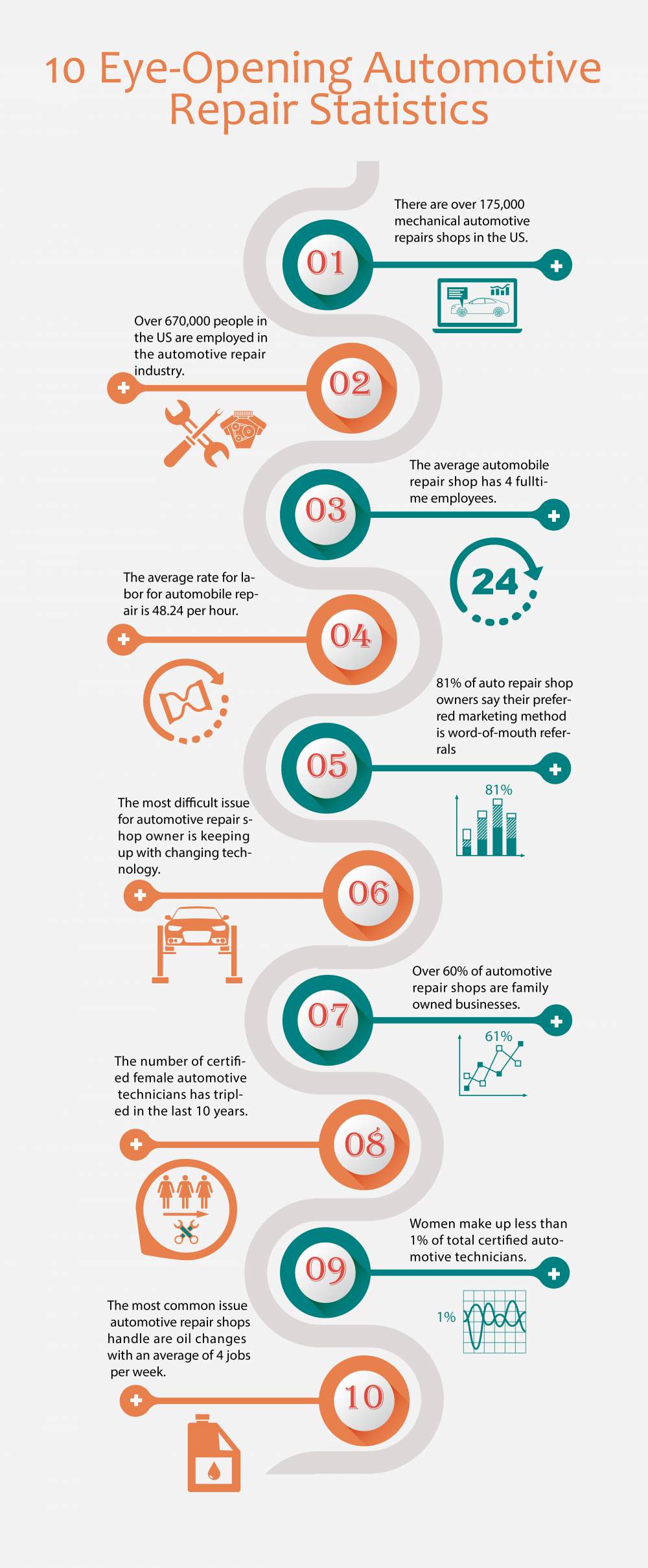Interpreting Your Auto'S Alert Lights: Their True Implications
Interpreting Your Auto'S Alert Lights: Their True Implications
Blog Article
Write-Up Created By-Termansen Corbett
When you're behind the wheel, those radiant warning lights on your control panel can be a little bit bewildering. Do you know what they're attempting to tell you regarding your car's wellness? Comprehending the importance of these lights is important for your safety and security and the durability of your lorry. So, the following time one of those lights pops up, would not you intend to understand its message accurately and take the required actions to address it?
Common Warning Lighting and Interpretations
Determine common caution lights in your car and comprehend their significances to make sure safe driving.
One of the most normal caution lights consist of the check engine light, which indicates problems with the engine or emissions system. If this light comes on, it's important to have your vehicle inspected promptly.
The oil stress warning light suggests reduced oil stress, calling for instant attention to prevent engine damages.
A blinking battery light could suggest a defective billing system, potentially leaving you stranded otherwise resolved.
The tire pressure surveillance system (TPMS) light notifies you to reduced tire pressure, impacting automobile stability and gas efficiency. Neglecting relevant web page might cause unsafe driving conditions.
The abdominal muscle light shows a problem with the anti-lock stopping system, endangering your capability to quit swiftly in emergency situations.
Finally, the coolant temperature level alerting light warns of engine getting too hot, which can result in severe damages otherwise dealt with promptly.
Recognizing these typical warning lights will assist you resolve concerns immediately and preserve safe driving problems.
Significance of Prompt Focus
Comprehending the usual warning lights in your cars and truck is just the initial step; the relevance of without delay attending to these warnings can't be highlighted sufficient to guarantee your safety and security when traveling.
When a warning light illuminates on your dashboard, it's your cars and truck's method of communicating a possible problem that needs attention. Ignoring these warnings can result in more severe issues later on, compromising your security and possibly costing you extra out of commission.
Prompt interest to advising lights can protect against break downs and mishaps. For example, a blinking check engine light can suggest a misfire that, if left ignored, can trigger damages to the catalytic converter. Addressing this immediately can save you from an expensive repair service.
In a similar way, a brake system advising light may signify low brake fluid or worn brake pads, vital elements for your safety and security when driving.
Do It Yourself Troubleshooting Tips
If you notice a caution light on your control panel, there are a few DIY troubleshooting pointers you can attempt prior to looking for specialist assistance.
The primary step is to consult your automobile's handbook to understand what the details caution light indicates. In some cases the issue can be as straightforward as a loosened gas cap triggering the check engine light. Tightening car ditailing might deal with the issue.
Another usual problem is a reduced battery, which can activate numerous alerting lights. Checking mouse click the up coming internet site for deterioration and ensuring they're protected could deal with the trouble.
If a caution light continues, you can attempt resetting it by disconnecting the vehicle's battery for a few minutes and then reconnecting it. Additionally, examining your lorry's liquid degrees, such as oil, coolant, and brake fluid, can help repair warning lights associated with these systems.
Final thought
To conclude, understanding your automobile's caution lights is crucial for maintaining your car running smoothly and securely. By without delay addressing these alerts and understanding what they imply, you can prevent costly repairs and potential breakdowns.
Remember to consult your auto's handbook for particular information on each cautioning light and take action appropriately to make sure a hassle-free driving experience.
Keep notified, stay safe when traveling!
